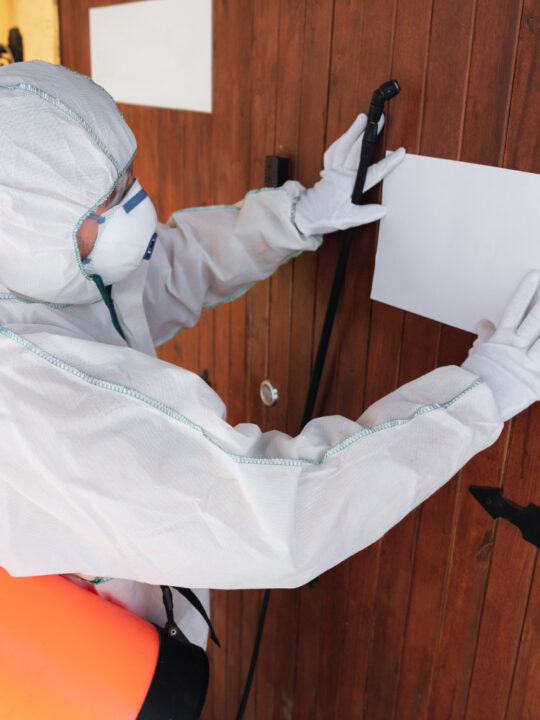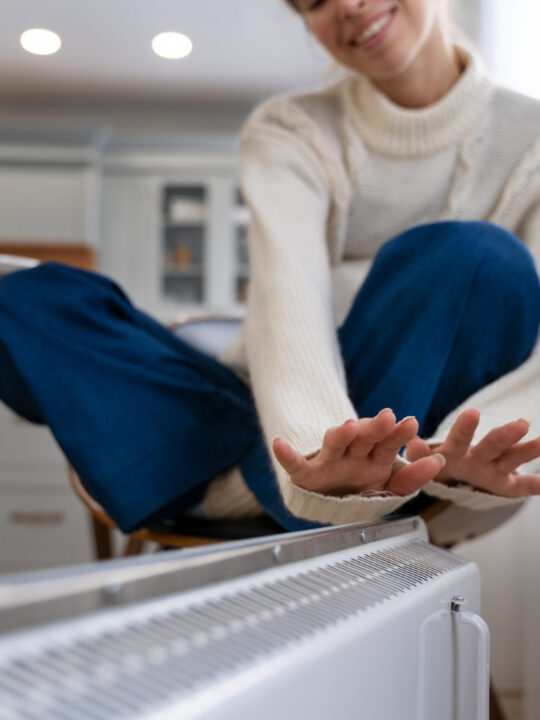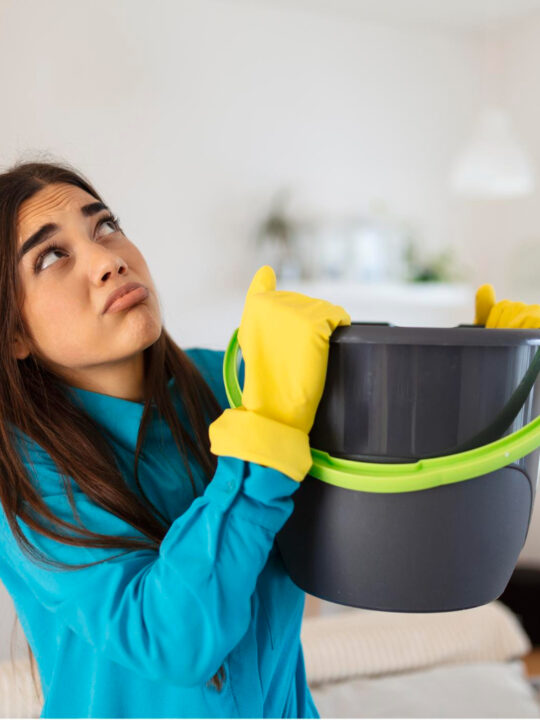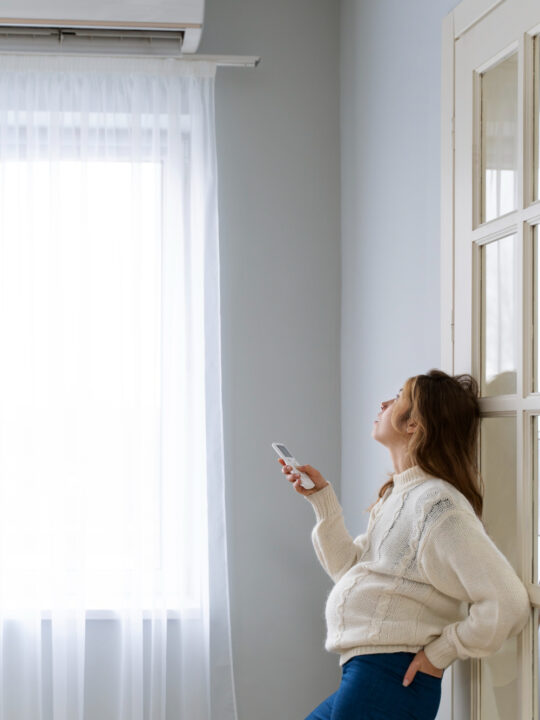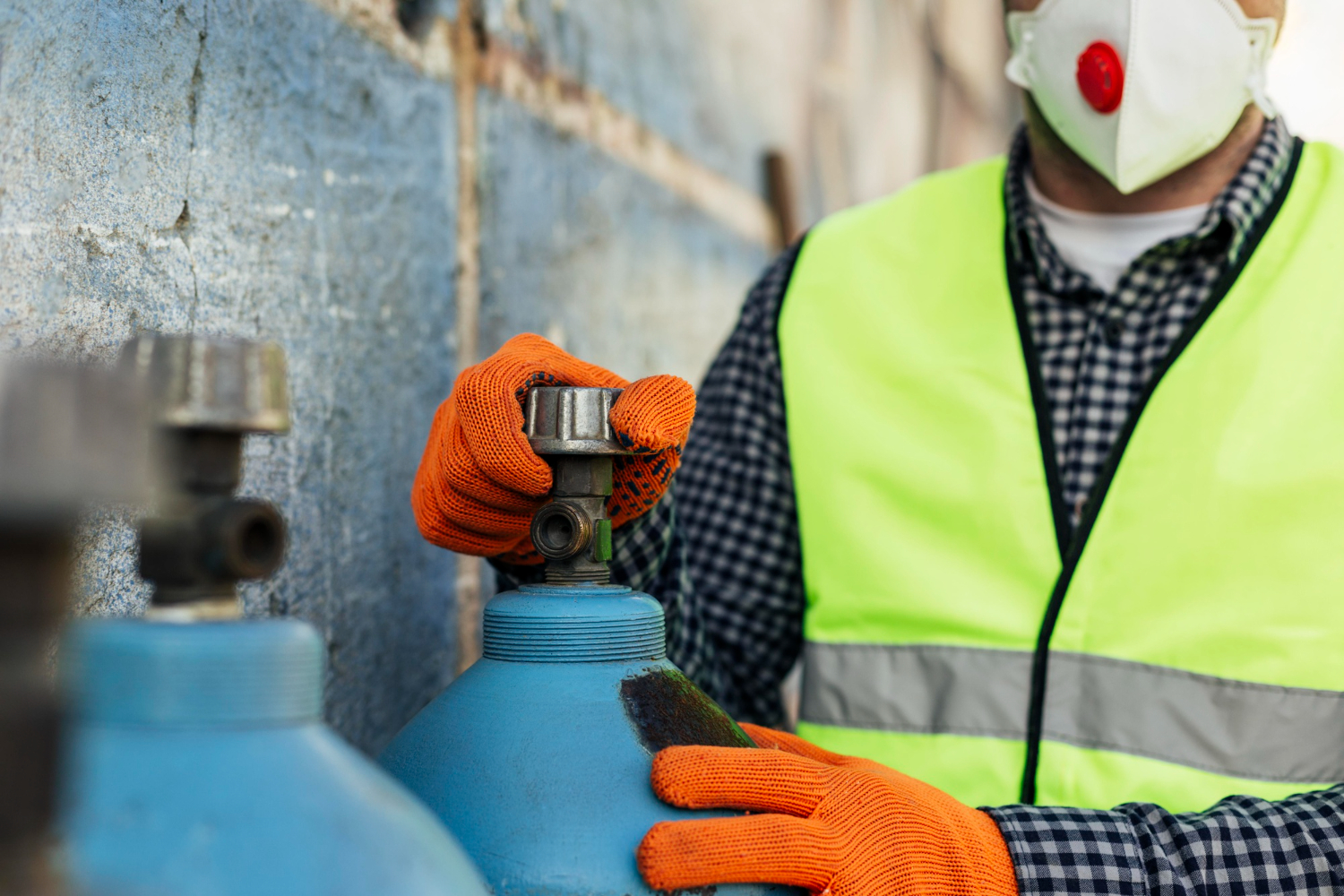 Smoke testing uses non-toxic smoke to find where water other than wastewater enters the sewer system. This could be from roof leaders, downspouts, foundation drains, uncapped cleanouts or other leaky plumbing connections.
Smoke testing uses non-toxic smoke to find where water other than wastewater enters the sewer system. This could be from roof leaders, downspouts, foundation drains, uncapped cleanouts or other leaky plumbing connections.
If traces of the smoke enter your home or building, it indicates that your p-trap (the drain trap under sinks, tubs, showers, washing machines and floor drains) is dry, defective or missing.
Table of Contents
Sewer Backups
If sewage backs up into your home’s drains, the problem is likely due to a clog in your sewer line. This can be caused by putting non-flushable items down your drains, tree roots getting into the pipes or broken pipe fittings.
A sewer smoke test allows city crews to identify the location of a break by forcing visible and odorless smoke into the sanitary sewer pipes. The smoke will travel to the source of the clog, showing crews where the sewage is traveling.
The smoke used during the testing is harmless, non-toxic and leaves no residue or fire hazard. However, if the smoke enters your property, this could indicate that you have faulty plumbing, including dried-up P-traps beneath sinks, showers and floor drains or rarely used gutters with no water in them.
Sewage Smells
If you notice a foul sewage smell coming from your drains, it could mean a problem with your sewer line or plumbing inside your home. Foul sewage odors usually occur when biofilm accumulates, a clogged or dirty toilet, dried-up P-traps on sinks, tubs, showers and floor drains, or un-trapped garbage disposal.
During smoke testing, work crews will open maintenance holes in the street and force visible, non-toxic smoke into the sanitary sewer system. The smoke will fill any connections and follow the path of a leak to the surface, quickly locating breaks. If you see smoke entering your home, it’s important to remain calm and to open windows to ventilate. The smoke is harmless to children, pets and plants and will dissipate within a few minutes.
Sewage Smells in Your Yard
When sewage smells come from outside, the problem is likely in your pipes. A sewage pipe that is broken, plugged, or disconnected can cause wastewater to back up into your yard. Smoke testing can locate these problems.
During sanitary sewer smoke testing, field technicians blow non-toxic smoke through the clean sewer system to detect leaks and areas where stormwater or groundwater enters the sewer system. The smoke can also indicate where roof drains, foundation drains, catch basins, down-spouts, and other unauthorized inflow sources are connected to the sanitary sewer system.
Residents do not have to be home during the smoke test but are encouraged to pour a gallon of water into all sinks and tubs not regularly used to fill P-traps and create a seal to prevent smoke from entering the residence.
Sewage Smells in Your Bathroom
A sewage smell in the bathroom is a bad thing for many reasons. It’s unpleasant and embarrassing for the homeowner, but it could mean a blockage somewhere in your home that prevents the sewage system from venting properly. This can lead to health issues for everyone in the house. High levels of methane gas can cause dizziness, headaches, and nausea.
Air fresheners won’t help eliminate this odor, so it’s important to find the source of the problem. Smoke testing can help to pinpoint issues with sanitary sewer lines that are not venting properly. The smoke will quickly show up at sites where illegal connections such as roof drains and sump pumps are entering the sanitary sewer line, and it can also highlight broken maintenance holes, uncapped lines and other problems.
Sewage Smells in Your Kitchen
When a foul sewage smell infiltrates your kitchen, the problem most likely lies with clogged drains or the p-trap. Smoke testing can help identify these problems.
Field technicians hold a blower over a neighborhood maintenance hole during a smoke test and pump non-toxic, colorless smoke into the sewer system. The existing smoke shows plumbing professionals the location of faulty connections, pipes, tees, maintenance hole covers and catch basins. It also identifies areas where rainwater is entering the sanitary sewer system. This inflow overloads wastewater treatment plants and causes basement backups, overflows and higher treatment costs. Smoke testing can pinpoint these faults to prevent them from occurring. If sewage smoke enters a house, it is important to open windows and doors to reduce exposure.


